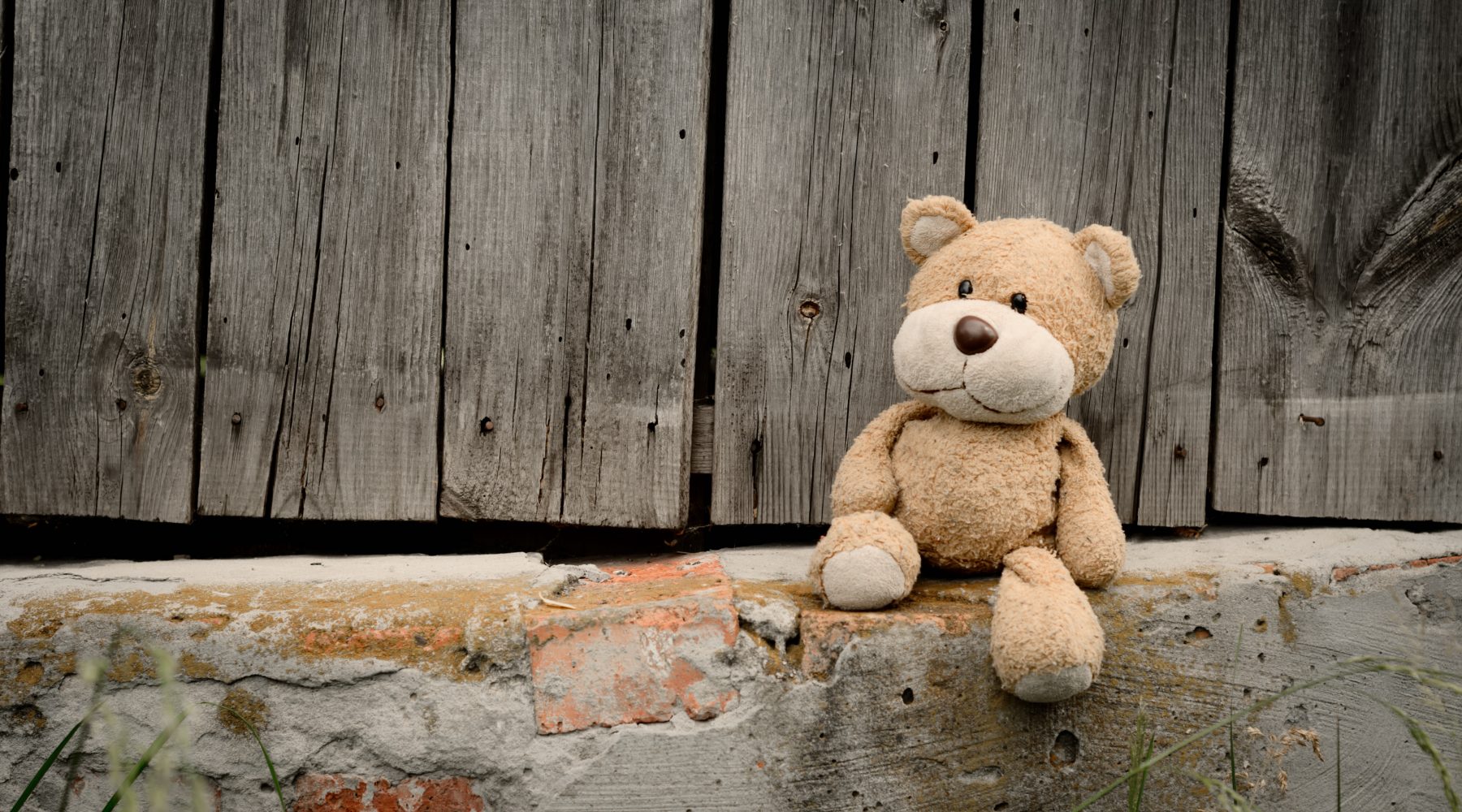Children with protective services links more likely to have mental disorders

Children who are known to child protective services are at increased risk for childhood onset mental disorders, according to a new study from the University of New South Wales (UNSW).
Those known to child protective services experience child onset mental disorders at a rate of three to one when compared with peers who have not required intervention to address issues of abuse and neglect.
The odds of children involved with child protective services developing stress related, conduct and hyperkinetic disorders were at least ten times as high for children who were placed into care, researchers found.
Led by Professor Melissa Green researchers from UNSW Sydney and Neuroscience Research Australia set out to examine associations between being the subject of child protection reports in early childhood and diagnoses of mental disorders during middle childhood, by level of service response. They analysed linked NSW administrative data from 2001–2016, for a population cohort of children enrolled in the longitudinal NSW Child Development Study (NSW-CDS).
They found that 13,796 of 74,462 children in the NSW-CDS (18.5 per cent) had been the subjects of reports to child protection services during early childhood. Of those, 1,148 children had been placed in out-of-home-care at least once, and 1,680 had been the subjects of substantiated risk-of-significant-harm reports but were not placed in care, while 9,161 had non-substantiated reports, and 1,807 had reports of facts that did not reach the threshold for significant harm.
After adjustments were made for sex, socio-economic disadvantage, perinatal complications, and parental mental illness, early childhood contact with protection services was associated with increased frequency of being diagnosed with a mental disorder during middle childhood, Professor Green said, finding that the frequency was highest for children who had been placed in out-of-home-care.
Boys fared worse, according to the researchers, who found that in their adjusted modelling, boys were more than twice as likely as girls to be diagnosed with hyperkinetic, conduct, and developmental disorders.
Those children whose parent or parents had a mental health issue were twice as likely to be diagnosed with a mental disorder, while perinatal complications and socio-economic disadvantage were associated with ‘small but significant increases’ in the frequency of developmental disorders, the researchers said.
Professor Green cautioned that the findings “should not be interpreted as suggesting that child protection services are leading to mental health problems in children”.
“Rather” she said, “we interpret our findings as reflecting the consequences of maltreatment that causes contact with child protection services, recognising that leaving a mistreated child with their family may risk further harm despite the intervention by child protection services, but that out-of-home care may not always provide optimal protection.”
The increased prevalence of mental disorder diagnoses associated with increasing level of child protection response suggests that the severity of trauma experienced during early childhood may be important, as may be the child’s psychological response to being placed in care.
“Our findings highlight the need for strategies for detecting children at increased risk of being harmed in order to provide support to families much earlier, to prevent maltreatment and its damaging mental and social consequences,” the researchers concluded.
To view the findings in full, please see here.
Popular

Practice
Provider
Quality
Research
Workforce
New activity booklet supports everyday conversations to keep children safe
2025-07-10 09:00:16
by Fiona Alston

Quality
Practice
Provider
Workforce
Reclaiming Joy: Why connection, curiosity and care still matter in early childhood education
2025-07-09 10:00:07
by Fiona Alston

Policy
Practice
Provider
Quality
Research
Workforce
Beyond the headlines: celebrating educators and the power of positive relationships in early learning
2025-07-07 10:00:24
by Fiona Alston













